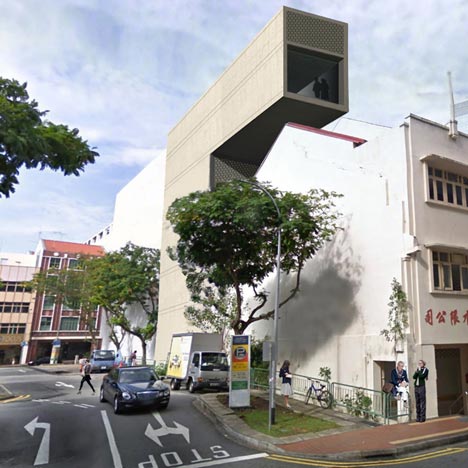
The Periscope by VW+BS
London studio VW+BS have designed an office building for Singapore that resembles a giant periscope.
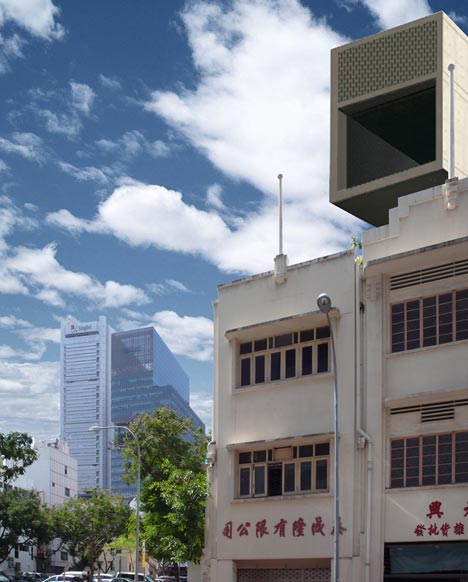
Tacked onto the rear of a listed 19th century shophouse, The Periscope will have a dramatically cantilevered top floor that will oversail the existing roof.
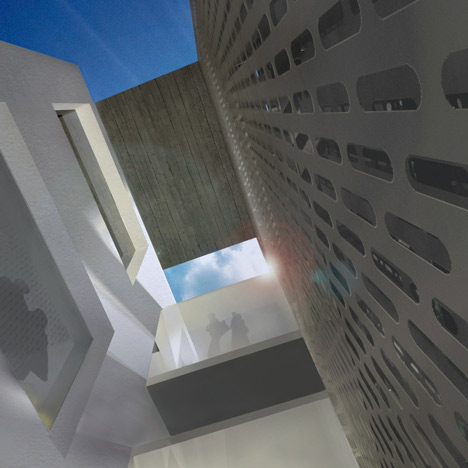
This cantilever will contain a top-floor restaurant above four storeys of offices.
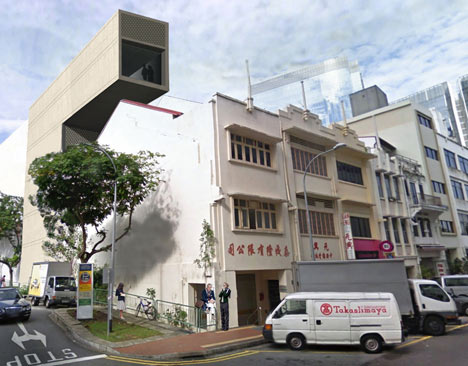
The building is to be constructed of reinforced concrete, infilled with perforated aluminium panels on the front and rear facades.
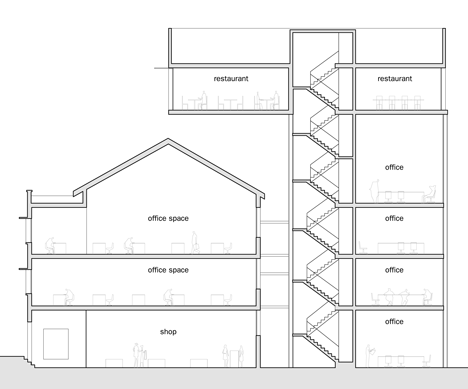
A two metre-wide gap will separate the extension from the shophouse, which will be refurbished to provide offices on the first and second floors.
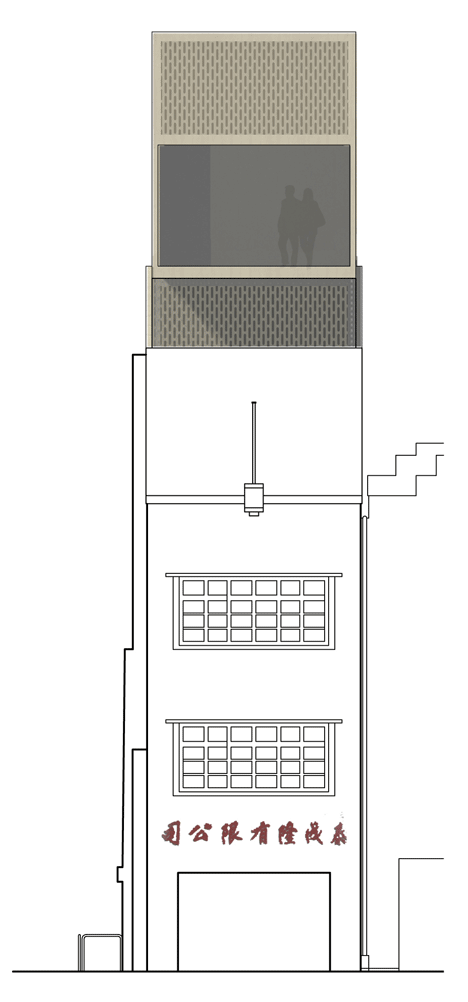
The project is currently awaiting approval from the local planning authority.
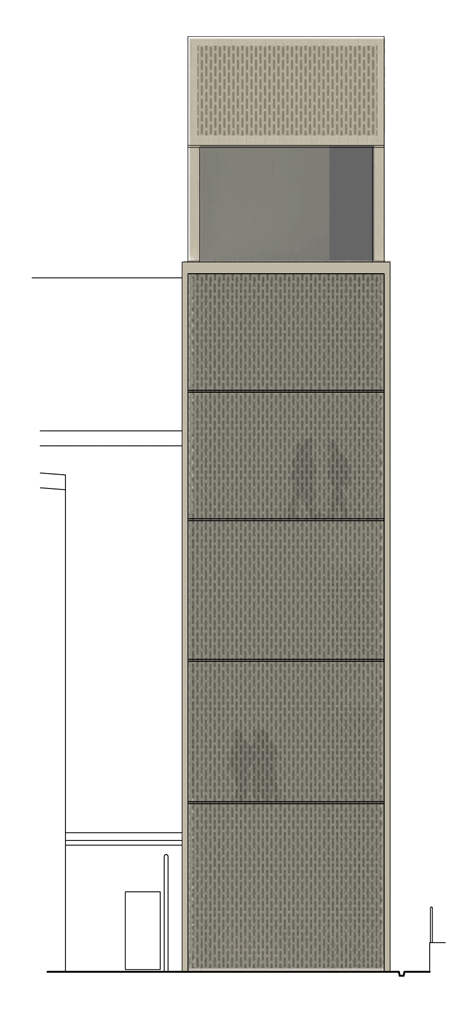
Shophouses, usually composed of a shop with flats stacked above, are common in the urban areas of south-east Asia - check out our earlier story about shophouses converted into a live-work unit and a photography story from last year about shophouses in Thailand.
Other bizarre cantilevers from the Dezeen archive include a balancing house with a swing below and a freestanding ski jump - see all our stories about cantilevers here.
More information is provided by the architects:
The Periscope
The Periscope is an office building located in the Upper Circular Road conservation area in Singapore. Made up of warehouses and shophouses that serviced the commercial activity around the nearby Singapore River until the latter half of the 20th century, the area has recently undergone regeneration and the restored buildings now accommodate offices, hotels, restaurants and shops.
Our site comprises a listed 19th century shophouse which was remodelled in the 1930s. It has road access along the front via a covered public walkway and pedestrian service access along the rear of the building. There are traces of both the 19th century and 1930s interventions and our addition is positioned so that it reads as a distinct layer in addition to the historic ones.
The Singaporean conservation rules allowed us to redevelop the site behind the first 7.5 metres. Our strategy is therefore to retain the original features and character of the front portion of the building as much as possible and create our insertion to the rear of and above it, thereby keeping it as a distinct entity. The extension comprises a service core with office spaces to its rear which ascends four storeys before cantilevering on the top floor over the historic roofline. The cantilever lies behind this conservation boundary and together with the vertical portion of the extension acts as a visual frame to the listed building.
A two metre deep airwell separates the extension from the existing building. It ensures that light and ventilation is maintained throughout the deep building, a device borrowed from traditional shophouses in this region.
Planning rules also dictated that we keep the side walls blank to allow future adjacent development. In the meantime we propose roughcast side walls made of reinforced concrete that act to accommodate the cantilever structurally.
The front and rear facades in contrast are in lightweight perforated aluminium panels to act as sunscreens for these facades.